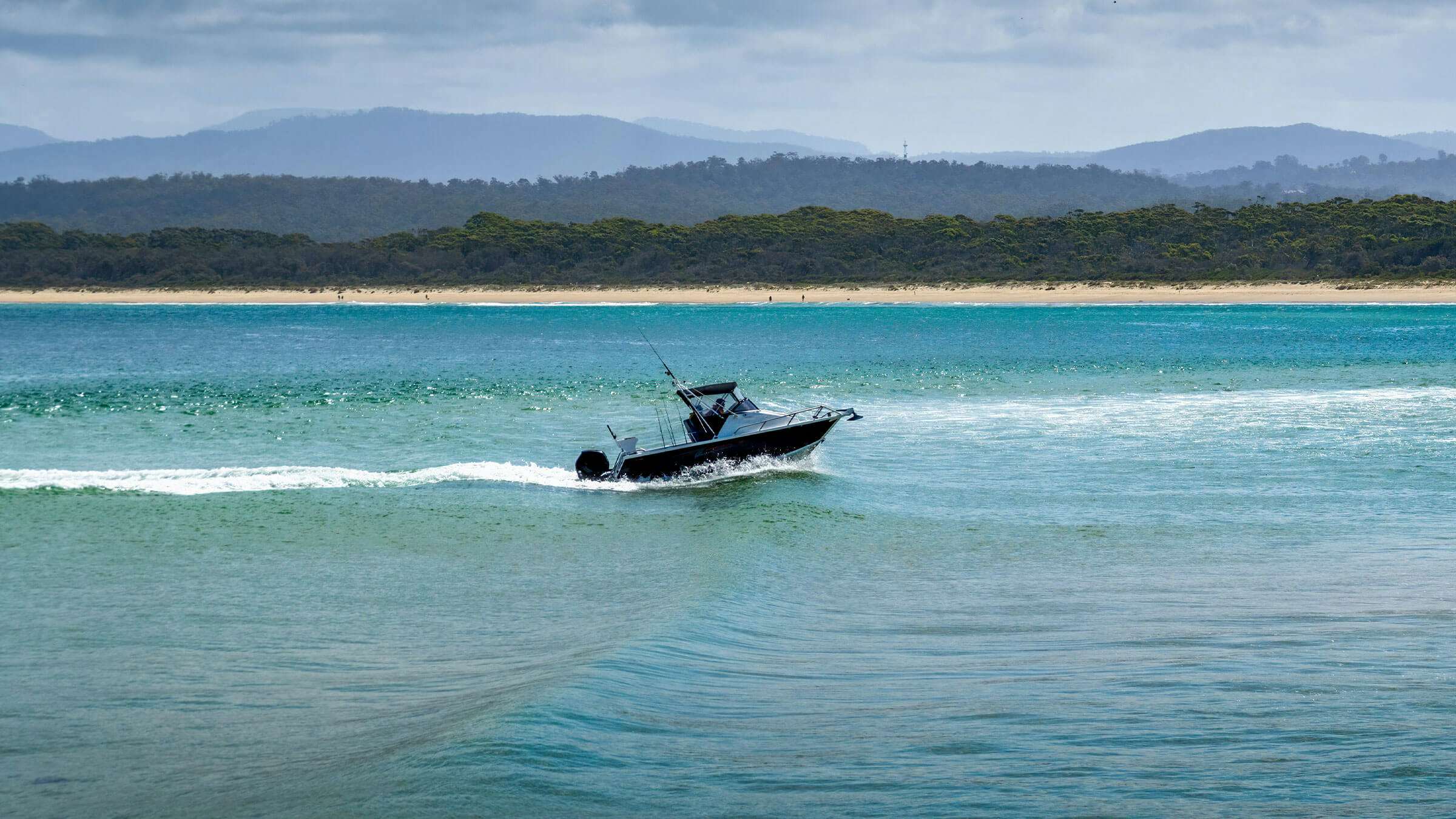
Crossing Bars Safely
Some aspects of boating are, quite simply, trickier than others and well worth dedicating some time to familiarising yourself with in order to achieve high competency. Crossing a bar is one of those things.
Many people get into difficulty crossing a sand bar, and each year, boats are damaged, and people are injured or killed when a bar crossing goes wrong.
It’s hard to avoid navigating sand bars as they are common (in areas such as harbours and rivers), and if you go boating and want to get out into open seas, it’s likely you will encounter them. The general consensus is that they can be extremely dangerous, even for experienced boaties. The risk they pose is very real.
Because bar crossings can be dangerous, having the right local knowledge and skills is important before going out. Maritime NZ says boaties must:
- Understand the state of the bar
- Be able to interpret the conditions and
- Assess the ever-changing shape and location of the channel.
Coastguard NZ has devised a list of tips on a page dedicated to bar-crossing safety:
- Seek local advice on the bar and channels
- Check bar - as well as weather and tide - conditions
- Ensure your boat has adequate stability and that hatches and equipment are secured
- Make sure that everybody is wearing a lifejacket and is awake
- Ensure that you are carrying two forms of communication that work even when wet
- A call sign is vital for Bar Crossings to ensure positive identification and efficient communication*
- Make a trip report to Coastguard when departing advising of your departure location, your plans for the day and that you will be calling later to lodge a Bar Watch Report before you cross the bar*
- Upon arrival at your assessment point, take the time to double-check that the conditions will be okay for a safe crossing both now and when you return with the forecasted weather and tides. Lodge a Bar Watch Report*
- Post a lookout to monitor conditions and approach the bar at a moderate speed
- Communicate to Coastguard that you have successfully crossed the bar and closed your Bar Watch Report
- If in doubt, don't go out!
*Talk to your local Coastguard about a Call Sign and about lodging a Bar Watch Report. To log a Bar Crossing Report, tune your marine radio to your local Coastguard Radio station or call *500 from your mobile. Simply tell your local Coastguard the name and VHF Call Sign of your boat and which bar you're crossing (including whether you're heading in or out over the bar). For more on Call Signs, see here.
The Coastguard bar-crossing-safety page also includes videos that explain what a bar is and provide detailed advice that will assist with crossing a bar safely. There are also specific videos that outline how to cross specific bars - namely, in Raglan, Tairua, Bowentown and Kaituna (Maketu).
The Maritime NZ website tells us that after extensive consultation with all sectors of the maritime industry, a code of practice has been developed as a result of widespread concern over fatalities on harbour bars. The purpose of the ‘national code of practice’ is to provide clear guidelines to the skipper and crew of all vessels regarding safe and prudent practice when attempting to cross any bar or river entrance. It starts by asserting that extreme caution must be exercised when crossing bars.
- In addition to the tips shared above, it offers the following advice:
- Be aware that bars have areas of broken water containing air, which can severely reduce the stability and handling of a vessel
- In marginal conditions, night-time crossings are more hazardous
- Vessels attempting to cross a bar at or near low water are more likely to experience adverse conditions than at high water
- Ensure lifesaving equipment is easily accessible and ready for immediate use
- Stay at a safe distance offshore until a report on the prevailing bar conditions has been obtained from the harbourmaster or, if unavailable, another responsible person inside the harbour. If in doubt "STAY OUT"